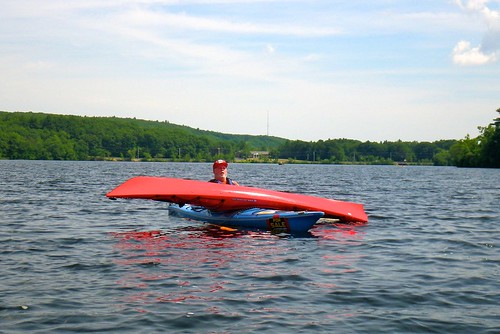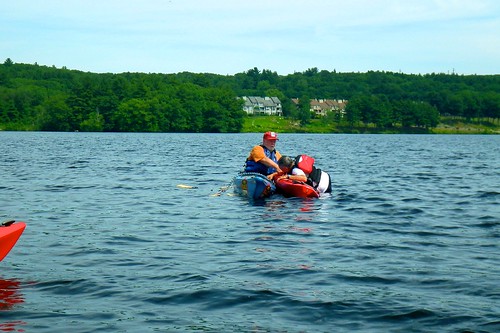I live in Lynn, Massachusetts. I have a new kayak on the way. It’s “pool toy” quality but that’s fine enough for me. I have previously paddled rental kayaks only.
I would like to practice self-rescue in the area. Although she will be always wearing a life jacket, I am not confident on my wife’s swimming skills. Should she capsize, I would be responsible for helping her get back in the kayak or righting it while she swims to shore. I don’t feel that I need to sign up for a class; I have seen REI videos and it’s a matter of practicing it.
Where is a good place to practice rescue around here? There are plenty of places to kayak, but most ponds (such as the nearest to me, Flax Pond) don’t allow swimmers. Some ponds don’t allow boaters. Many ponds are thick with weeds and rumored to be deadly to swim in, which I don’t quite understand. Some areas, especially rivers, have too many boaters who would be in the way or have currents due to the tide. The ocean is cold around here – around 65 degrees perhaps – but that is a latch-ditch possibility. I am trying to avoid having to practice in a cold harbor. I do not own a wet suit.
I guess I might have to go all the way out to the Mystic Lakes in Medford. Is there anything closer?


